Conversations Across the Field
Featuring: Virgil Ortiz, Zemer Peld, Molly Hatch, Sam Harvey, Cristina Córdova, and Dr. William Carty
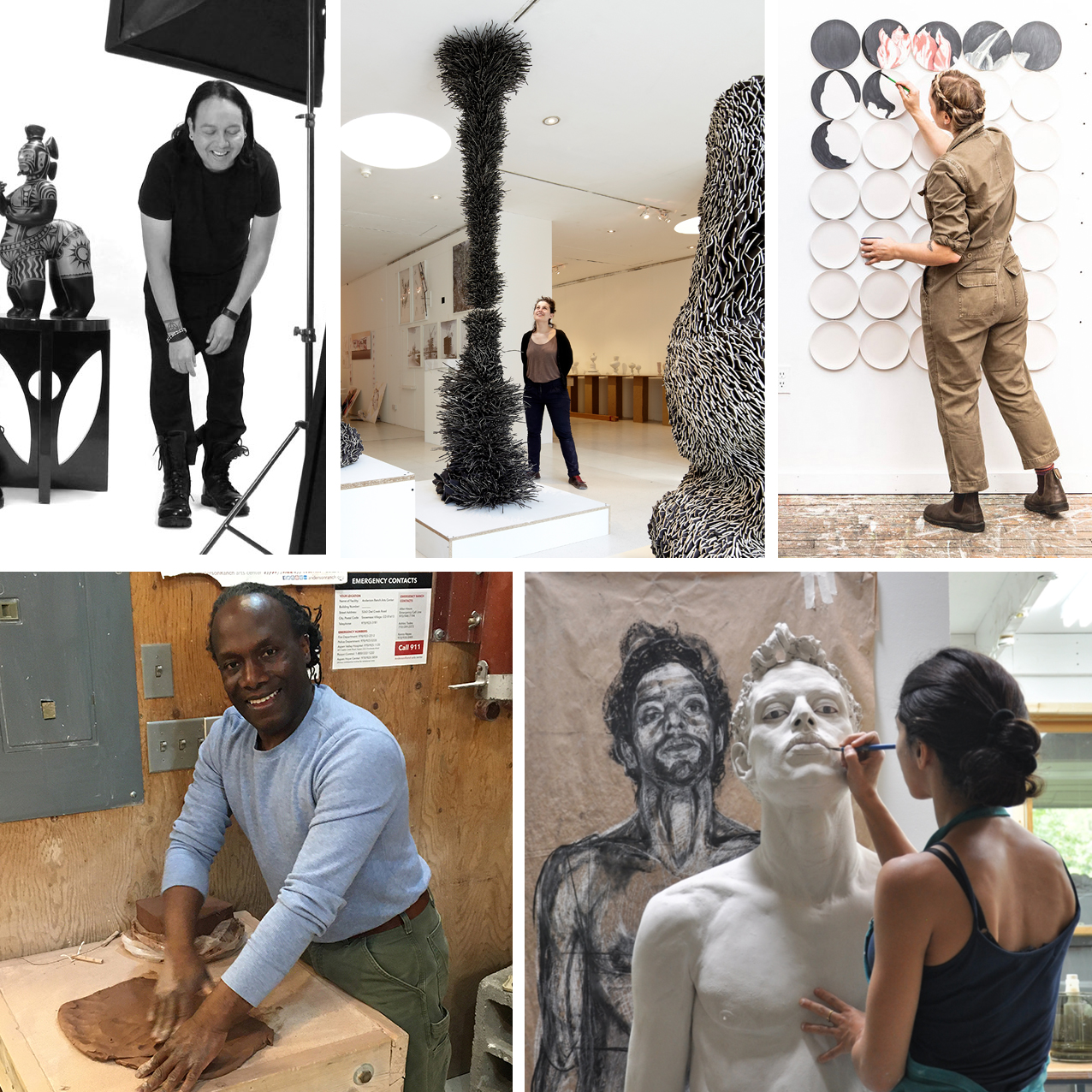
Thank you to all artists who donated to our auction in support of the Archie Bray Foundation!
These six ceramic professionals—Virgil Ortiz, Zemer Peled, Molly Hatch, Sam Harvey, Cristina Córdova and Dr. William Carty—generously invited supporters into their spaces and offered their time, story and expertise through virtual conversations. These are the recordings of those visits. We hope you enjoy.
Available for a limited time only.
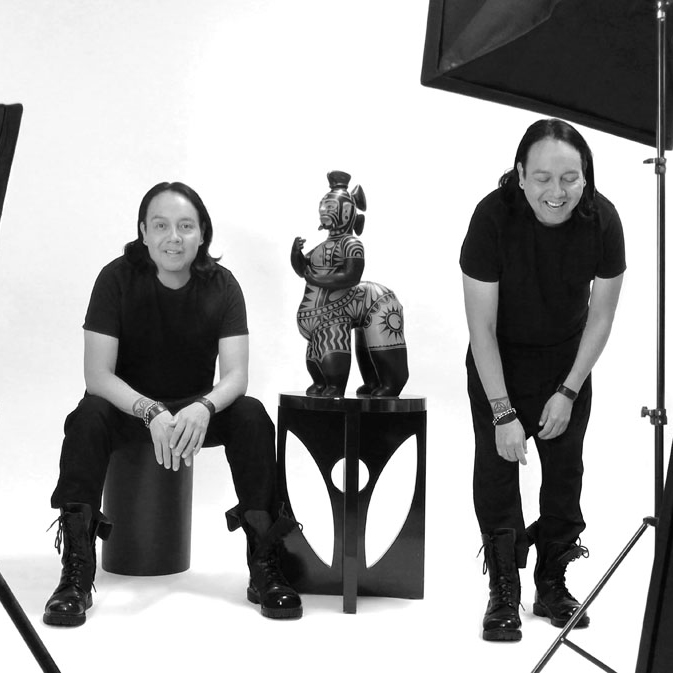
Virgil Ortiz moves into a new era combining art, décor, fashion, video, and film. One of the most innovative potters of his time, Ortiz’s exquisite works have been exhibited in museum collections around the world including the Stedelijk Museum- Hertogenbosch, The Netherlands; Paris’s Foundation Cartier pour I’art Contemporain; the Smithsonian Institution’s National Museum of the American Indian; the Virginia Museum of Fine Art; and the Denver Art Museum.
Ortiz, the youngest of six children, grew up in a creative environment in which storytelling, collecting clay, gathering wild plants, and producing figurative pottery was part of everyday life.His grandmother Laurencita Herrera and his mother, Seferina Ortiz, were both renowned Pueblo potters and part of an ongoing matrilineal heritage. “I didn’t even know it was art that was being produced while I was growing up,” he remembers. Ortiz keeps Cochiti pottery traditions alive but transforms them into a contemporary vision that embraces his Pueblo history and culture and merges it with apocalyptic themes, science fiction, and his own storytelling.
Zemer Peled’s work examines the beauty and brutality of the natural world. Her sculptural language is formed by her surrounding landscapes and nature, engaging with themes of memory, identity and place. Her works are formed from thousands of porcelain shards constructed into large-scale/small-scale sculptures and installations.
Peled was born and raised in Israel. She earned her MA at the Royal College of Art (UK). In recent years, her work has been exhibited internationally at venues including Sotheby's, Saatchi Gallery (London), and the Nelson Atkins Museum of Art (Kansas City). She has been featured in Vogue, O Magazine, Elle and other international publications.
Her work is found in many private collections around the world and museum collections, such as the Fuller Craft Museum, the Crocker Art Museum, and the Frederick R. Weisman Art Foundation.
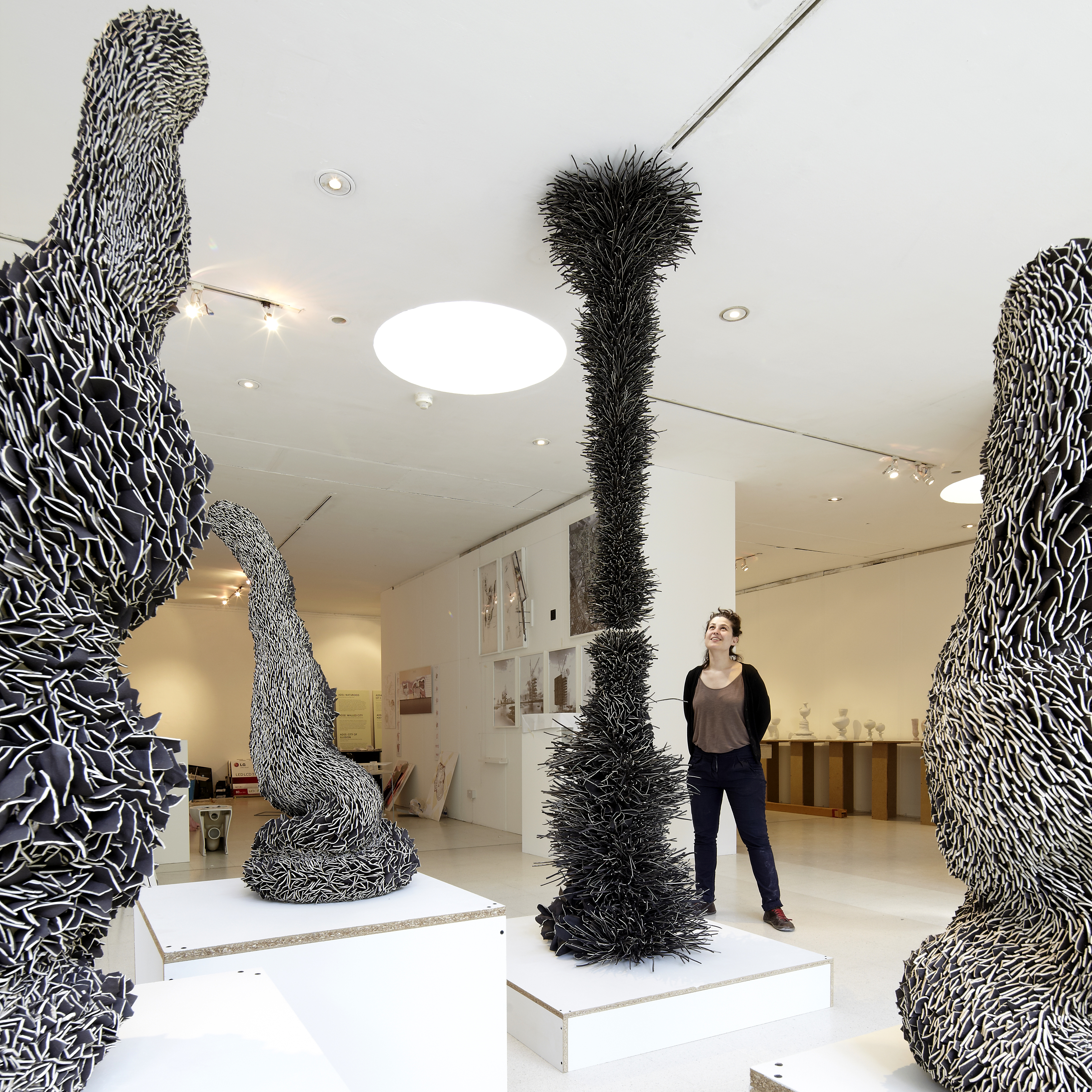

Molly Hatch began her career as a studio potter, infusing her tableware and home decor items with contemporary sensibilities and classical charm. Molly has formal education in drawing, painting, printmaking and ceramics from the School of the Museum of Fine Arts at Tufts University, receiving her BFA in 2000. In 2008, after several ceramic residencies and apprenticeships in the United States and abroad, Hatch received her MFA in Ceramics from the University of Colorado, Boulder. Molly launched her first tableware collection from her home studio in 2010. Her signature blend of 18th century aesthetics with modern whimsy quickly garnered a loyal following, launching her brand into a wide range of lifestyle products for the home. Today, Molly Hatch collections can be found through the brands partnerships with multiple home goods companies, including Twig NY, Hester & Cook, Anthropologie, Garnet Hill, Crate & Kids, to name a few.
Sam Harvey is a ceramic artist with extensive knowledge and passion for the ceramic arts. He received his MFA from New York State College of Ceramics at Alfred University (2001) and BFA from the Kansas City Art Institute (1984). He has been an artist in residence at Sun Valley Center and Anderson Ranch Arts Center. He has taught and nationally and internationally, including at Anderson Ranch and in Nepal, Taiwan and Japan. He has shown nationally at such venues as Lill Street Arts Center, Chicago; Santa Fe Clay, Santa Fe; and Trax Gallery, Berkeley, California.
Harvey Preston Gallery specializes in contemporary ceramic art, works on paper and sculpture. Working with nationally and internationally recognized talent, the gallery’s main focus is to forefront the work of artists willing to push the boundaries of their ideas and materials.
“One of the things we do best at the gallery is bring innovative contemporary ceramic art to the Aspen art scene. During the past 10 years ceramics has also become a hot topic in the larger contemporary art world. Our goal is to have works that make you think and that ask the viewer to participate in a dialogue with the artist.” — Sam Harvey
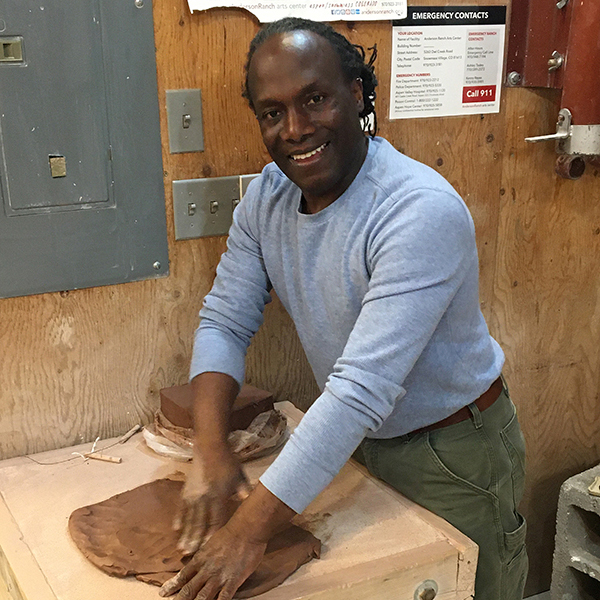

Cristina Córdova received a Bachelor of Arts from the University of Puerto Rico in Mayagüez and continued to earn a Master of Fine Arts in Ceramics from the New York State College of Ceramics at Alfred University. In 2002 she entered a three year artists residency program at Penland School of Crafts where she later served on the board of trustees from 2006 to 2010.
Recognitions include a USA Artist Fellowship, an American Crafts Council Emerging Artist Grant, a North Carolina Arts Council Fellowship, a Virginia Groot Foundation Recognition Grant and several International Association of Art Critics Awards. Her work is part of the permanent collections of the Renwick Gallery of the Smithsonian American Art Museum (Washington, D.C.), the Fuller Craft Museum, (MA), the Mint Museum of Craft and Design (NC), the Museum of Contemporary Art of Puerto Rico ( PR), the Everson Museum (NY) and the Mobile Museum (Al), among others. She currently lives and works at Penland.
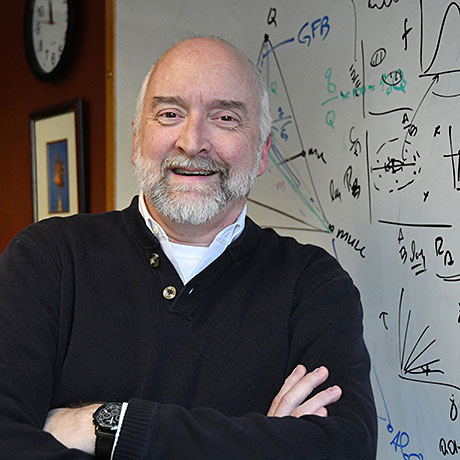
William M. Carty is the John F. McMahon Professor and Chair of Ceramic Engineering at Alfred University. He received his BS and MS in Ceramic Engineering from the University of Missouri-Rolla, and his PhD in Materials Science from the University of Washington. He and his research group have, with the help of many graduate and undergraduate students, conducted research in all aspects of traditional ceramics (clay, bodies, and glazes) primarily in advanced microstructure evolution and materials behaviors. Bill has taken a special interest in the work and challenges facing artists who use ceramics as a primary medium. He has authored or co-authored over 80 papers and is a frequent contributor to NCECA. After almost 20 years of teaching ceramic science to artists, he is slowly understanding (and can speak eloquently, but perhaps ad nausea, about) the potential benefits of applying science to solve ceramic art creation problems.